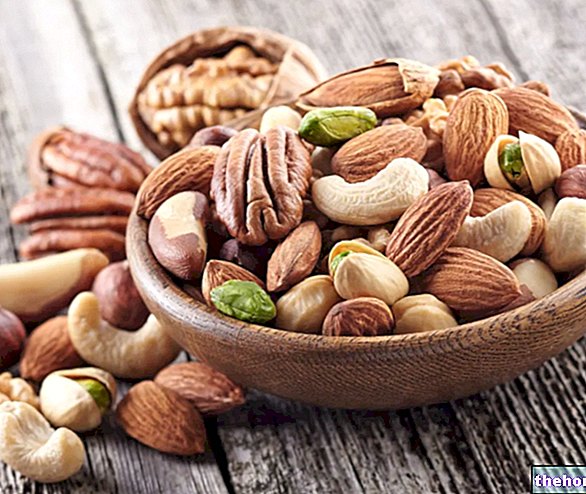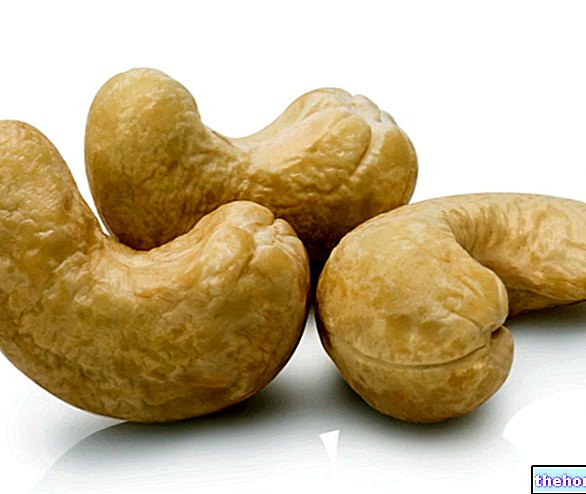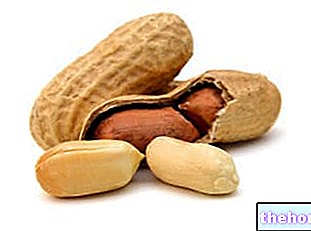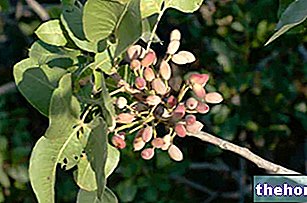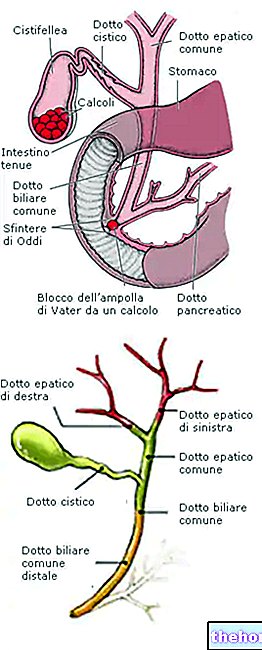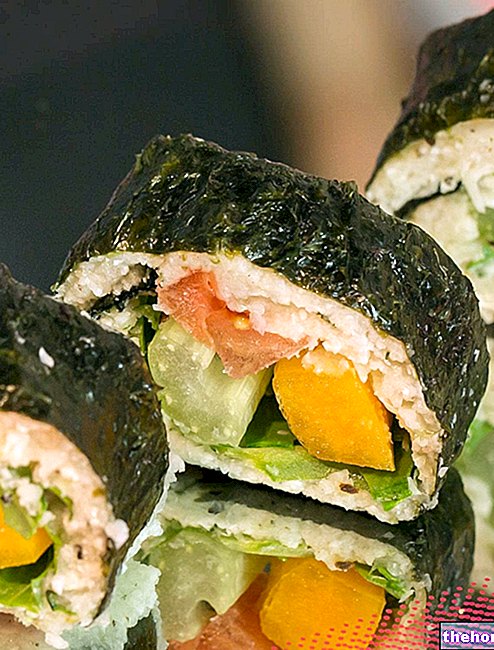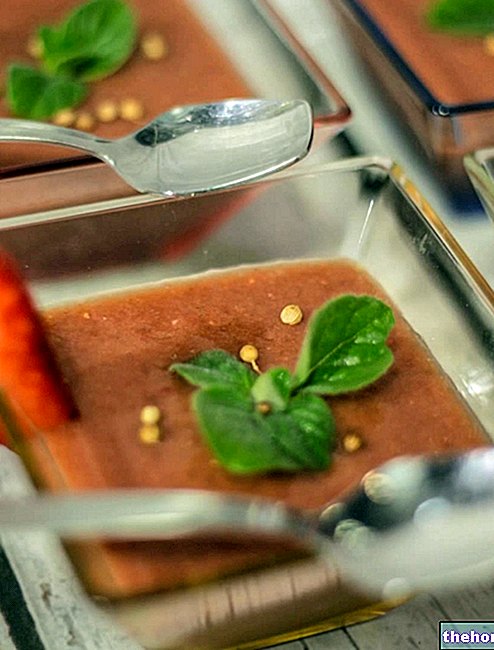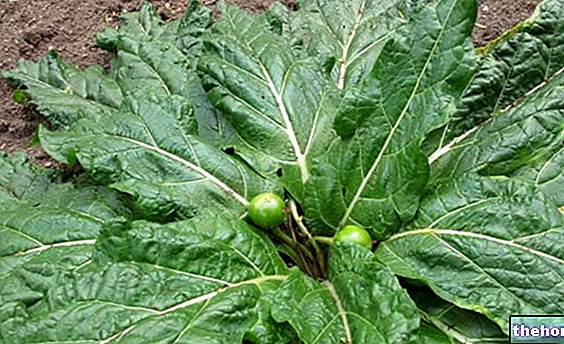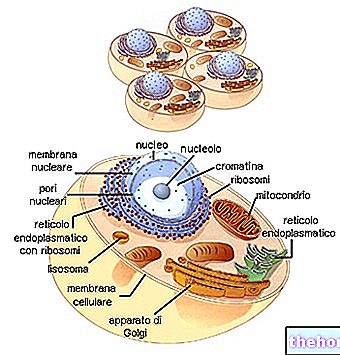Generality
Brazil nuts (or Brazil nuts) are the edible seeds produced by the tree Bertholletia excelsa.

Brazilian Walnut Tree - Bertholletia excelsa
The botanical family of this plant (Lecythidaceae) falls under the "order Ericales, the same as: cranberries, bilberries, sapote, gutta-percha, tea, gooseberry, phlox and kaki.
Brazil nuts have an inedible shell and are harvested from the center of a large, coconut-like fruit.
Nutritional Characteristics
Brazil nuts are foods normally classified as a whole of dried fruit, or rather, oil seeds.
They do not fall into any of the 7 basic food groups, although due to their nutritional characteristics they should belong to the fifth category, that of fats and seasoning oils.
Obviously, the function of Brazilian nuts is not to "season"; however, these fruits reveal some almost overlapping chemical properties:
- They provide a lot of calories: 656kcal / 100g
- They have a prevalence of fats over proteins and carbohydrates: 66.4g / 100g of edible part, or about 85% of the total energy
- They contain several fat-soluble vitamins.
In relation to weight, Brazilian nuts provide:
- c.a. 66% fat
- c.a. 14% protein
- c.a. 12% sugars.

Fatty acids are broken down as follows:
- 23% saturated: 15.1g / 100g (they are the "bad" ones)
- 38% monounsaturated: 24.6g / 100g (especially omega 9. They are the "good fats", similar to those of "extra virgin olive oil)
- 32% polyunsaturated: 20.6g / 100g (they are “very good”; among these, the concentrations of the essential omega 6 molecule stand out).
Due to the high content of polyunsaturated fatty acids, Brazil nuts are not very storable and tend to go rancid easily.
They do not contain cholesterol and provide an excellent amount of dietary fiber; 100g of these seeds can cover up to 25% of the fiber requirements for an average adult (30g / day).
The concentration of vitamins and minerals does not disappoint either. The most present water-soluble vitamin is thiamine (vitamin B1), while among the fat-soluble ones the content of vitamin E (tocopherols) stands out. With regard to mineral salts, on the other hand, the concentrations of: magnesium, phosphorus, manganese, zinc and selenium are highlighted.
Brazil nuts are a very caloric food, which is why they are not considered suitable for the diet for overweight. On the other hand, they provide many nutrients useful for the body and could be included in the diet of patients with type 2 diabetes, hypertension, hypercholesterolemia and hypertriglyceridemic.
They do not contain gluten and lactose, but they can be very harmful in case of specific allergy.
The average portion of Brazil nuts should not exceed 30g per day, preferably divided into at least two (secondary) snacks.
In order not to exceed the total fat, altering the nutritional balance of the diet, it is advisable to calibrate the quantity of seasoning oil according to the portion of oil seeds. For example, by removing a teaspoon for each Brazilian nut to be consumed (1 walnut = 1 teaspoon of oil).

Brazilian Walnut Oil
The lipid abundance of Brazilian nuts makes it possible to obtain an edible oil.
This seasoning fat contains 75% unsaturated fats (monounsaturated and polyunsaturated), among which there is an abundance of oleic (omega 9) and linolenic (omega 6) acids.
Other fat-soluble molecules contained in Brazil nut oil are:
- Phytosterols: hypocholesterolemic plant sterols
- Beta-sitosterol: with the same cholesterol-lowering capacity as the previous one and with a hypothetical preventive function for benign prostatic hypertrophy.
NB. This molecule is also being investigated for its statistical link with the worsening of heart disease. - Tocopherols or vitamin E: antioxidant, anti-thrombotic and protective of cell membranes.
The table below provides the nutritional details of the fatty acid composition of Brazilian nut oil.
NB. The storage of Brazil nut oil must take place:
- Al fresco
- In the dark
- In airtight containers
- For each bike, for a limited time.
Food Dangers
Brazil nuts are not long-lasting.
In addition to the risk of rancidity (also evident in the oil obtained from it), their tendency to contamination by molds is known.
These pathogens secrete toxins which are very dangerous for the human organism aflatoxins) have a more than significant hepato-tumor effect and predispose the organism to liver cancer.
Brazil nuts also contain small amounts of radium, a radioactive element. The concentration reaches around 40-260 Bq / kg *, which is 1,000 times higher than most foods. According to the “Oak Ridge Associated Universities”, this phenomenon is not attributable to the radium present in the soil, but to the considerable extension of the root system.
* Bq is the unit of measurement of radioactivity.
Production
About 20,000 tons of Brazil nuts are harvested each year; of these, 50% come from Bolivia, 40% from Brazil and 10% from Peru.
Brazil's nut production is decreasing. At the end of 1980 the quantity amounted to 40,000 tons, while in 1970 it reached 104,000 tons.
The production of Brazil nuts is the result of the cultivation and exploitation of wild plants. The latter system was promoted as a source of income for the tropical forest which, instead of destroying it, constitutes a protective safeguard against deforestation.
Curiosity
Brazil nuts are a common ingredient in dried fruit snacks where, due to their large size, they tend to stay tall in the bag. It is a form of granular convention that takes the name of "Brazilian Nut Effect".
Other Foods - Nuts Cashews Peanuts Peanut Butter Chestnut Flour Almond Flour Hazelnut Flour Walnut Flour Dehydrated and Candied Fruit Dried Fruit Almond Milk Hazelnut Flour Almonds Hazelnuts Walnuts Macadamia Nuts Pecans Pine Nuts Pistachios Hemp Seeds Sunflower Seeds of Poppy OTHER ARTICLES DRIED FRUITS Categories Food Alcoholics Meat Cereals and derivatives Sweeteners Sweets Offal Fruit Dried fruit Milk and derivatives Legumes Oils and fats Fish and fishery products Salami Spices Vegetables Health recipes Appetizers Bread, Pizza and Brioche First courses Second courses Vegetables and Salads Sweets and desserts Ice creams and sorbets Syrups, liqueurs and grappas Basic preparations ---- In the kitchen with leftovers Carnival recipes Christmas recipes Light diet recipes Diabetic Recipes for the Holidays Ric Valentine's Day Recipes for Vegetarians Protein Recipes Regional Recipes Vegan Recipes

